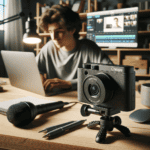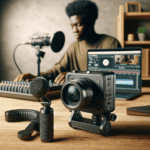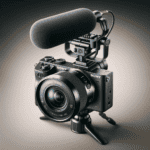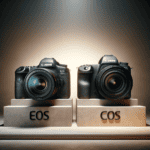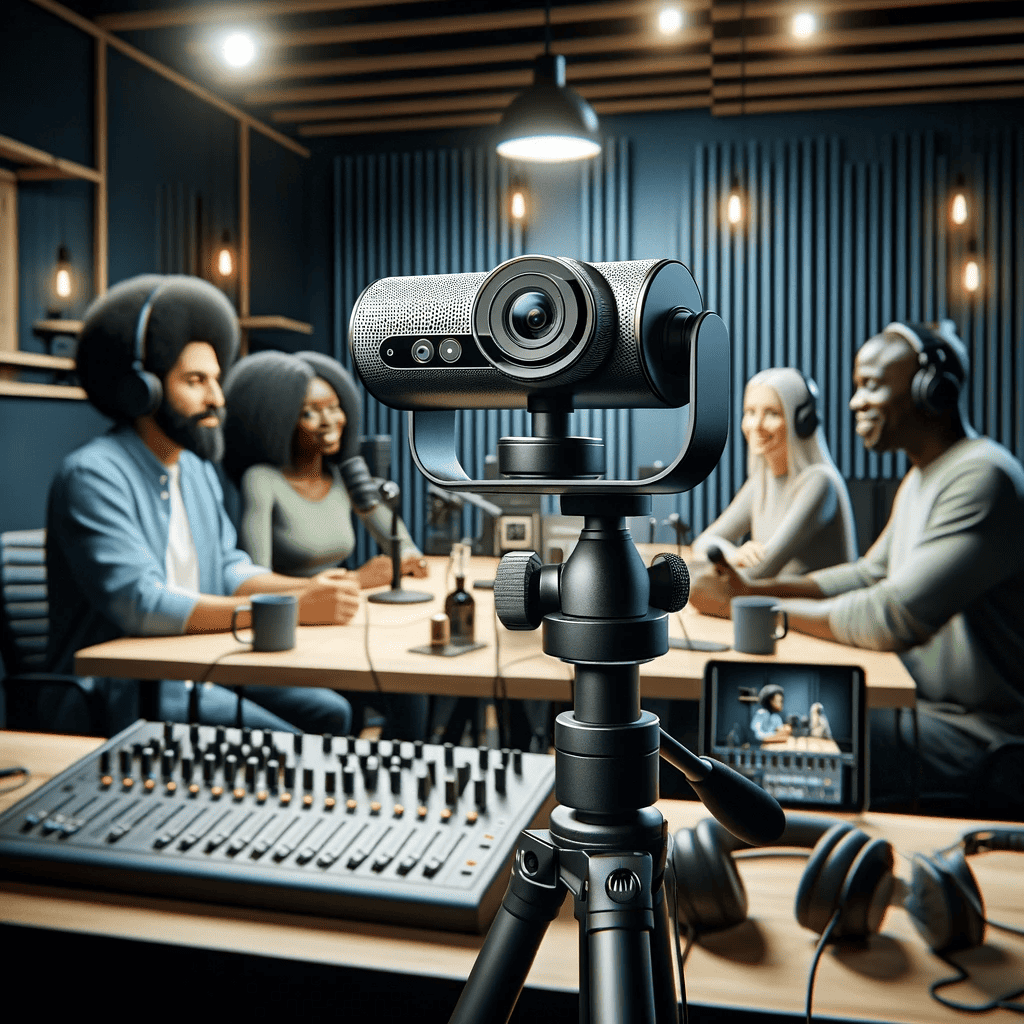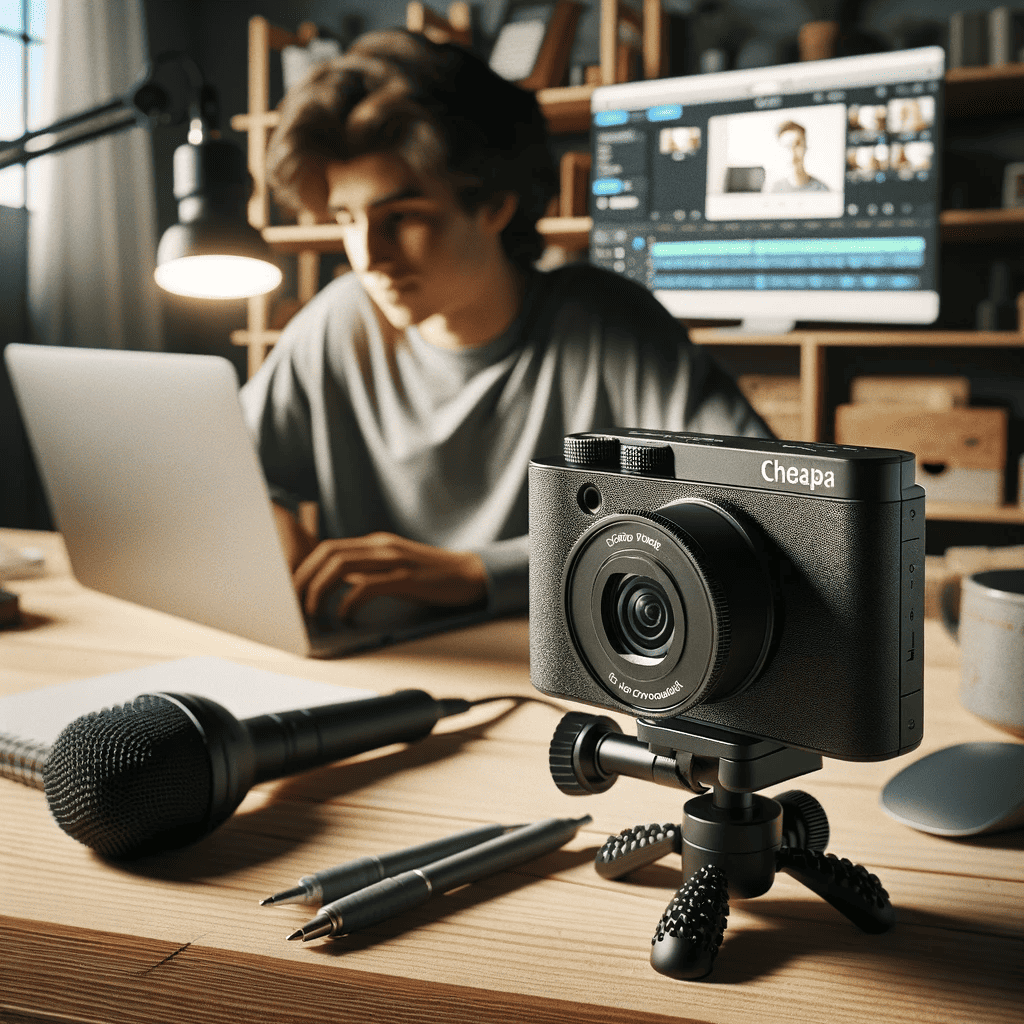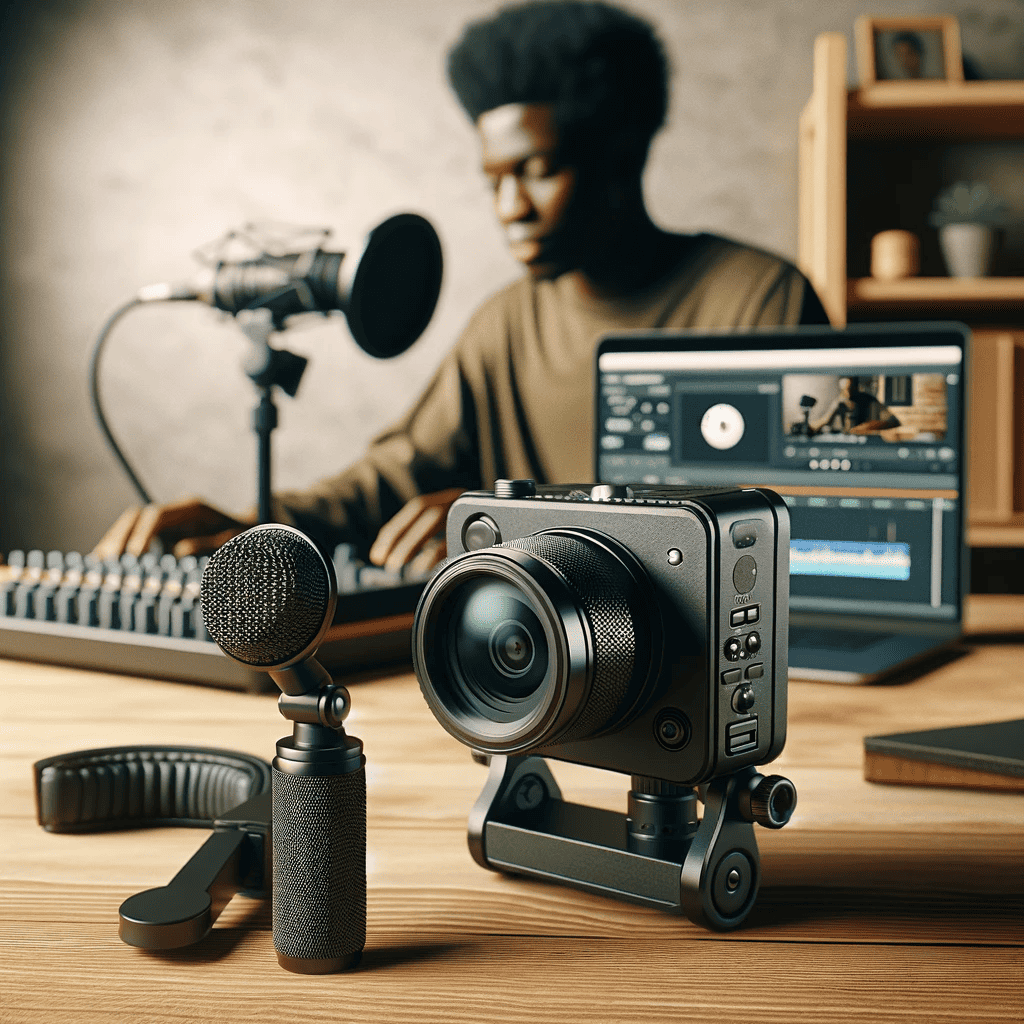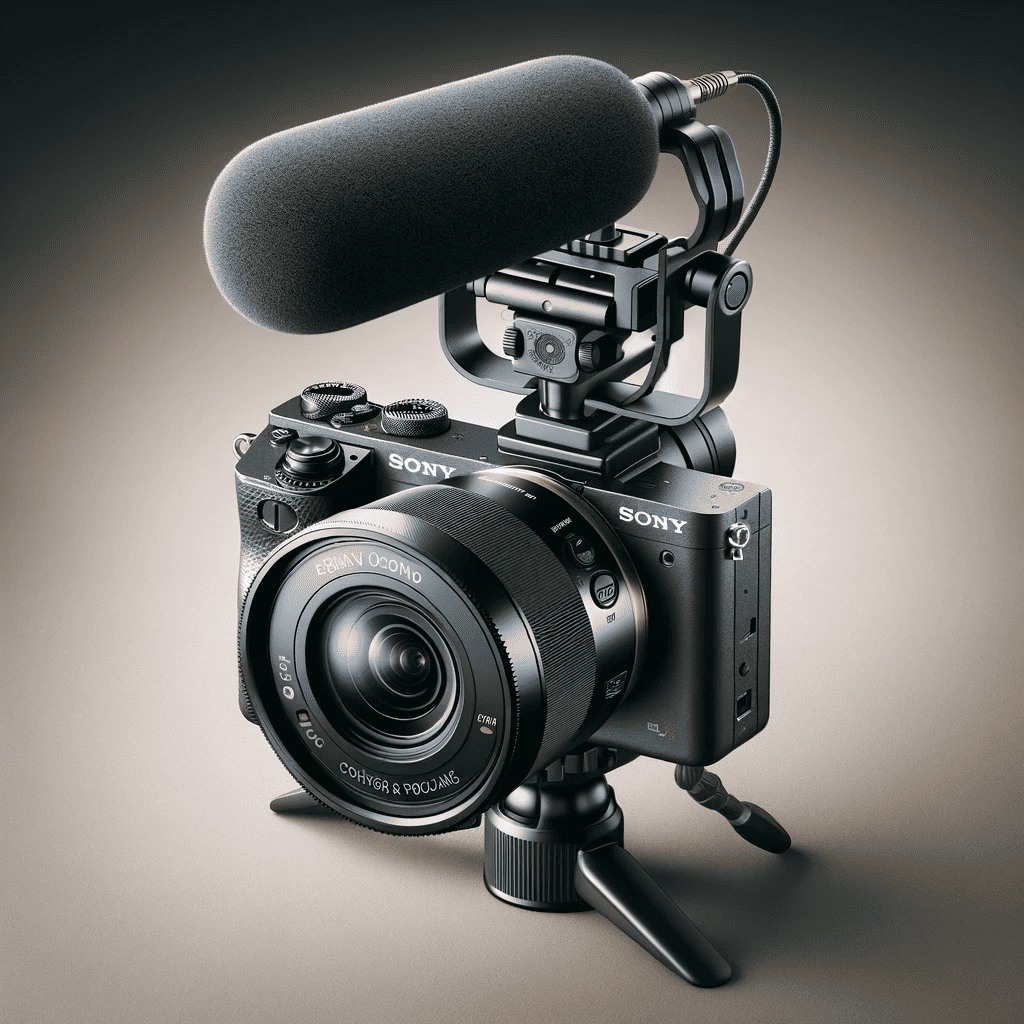Introduction
Canon EOS and iPhone 15 are both popular devices used for photography. Canon EOS refers to a line of digital single-lens reflex (DSLR) cameras known for their superior image quality and versatility, while iPhone 15 represents the latest iteration of Apple’s flagship smartphone, which is renowned for its advanced camera capabilities. Comparing these two devices is essential in understanding the evolution of photography and how smartphones have challenged traditional cameras.
Brief Overview
Canon EOS is a series of DSLR cameras designed specifically for professional photographers, photography enthusiasts, and content creators. These cameras feature larger sensors than smartphones like the iPhone 15, resulting in better dynamic range, improved low-light performance, and enhanced image quality overall. Canon EOS offers a wide range of interchangeable lenses that allow photographers to achieve various focal lengths, capture different perspectives, and explore diverse creative possibilities.
On the other hand, iPhone 15 sets itself apart as a smartphone with cutting-edge camera technology. It boasts multiple lenses that offer different focal lengths (wide-angle, ultra-wide-angle, telephoto), allowing users to zoom in or out without sacrificing image quality.
The device incorporates computational photography techniques that leverage powerful algorithms to enhance images in real-time. With features like Night Mode for low-light photography and Portrait Mode for stunning depth-of-field effects using software-generated bokeh, the iPhone 15 aims to provide users with professional-level capabilities directly from their pocket.
Importance of Comparison
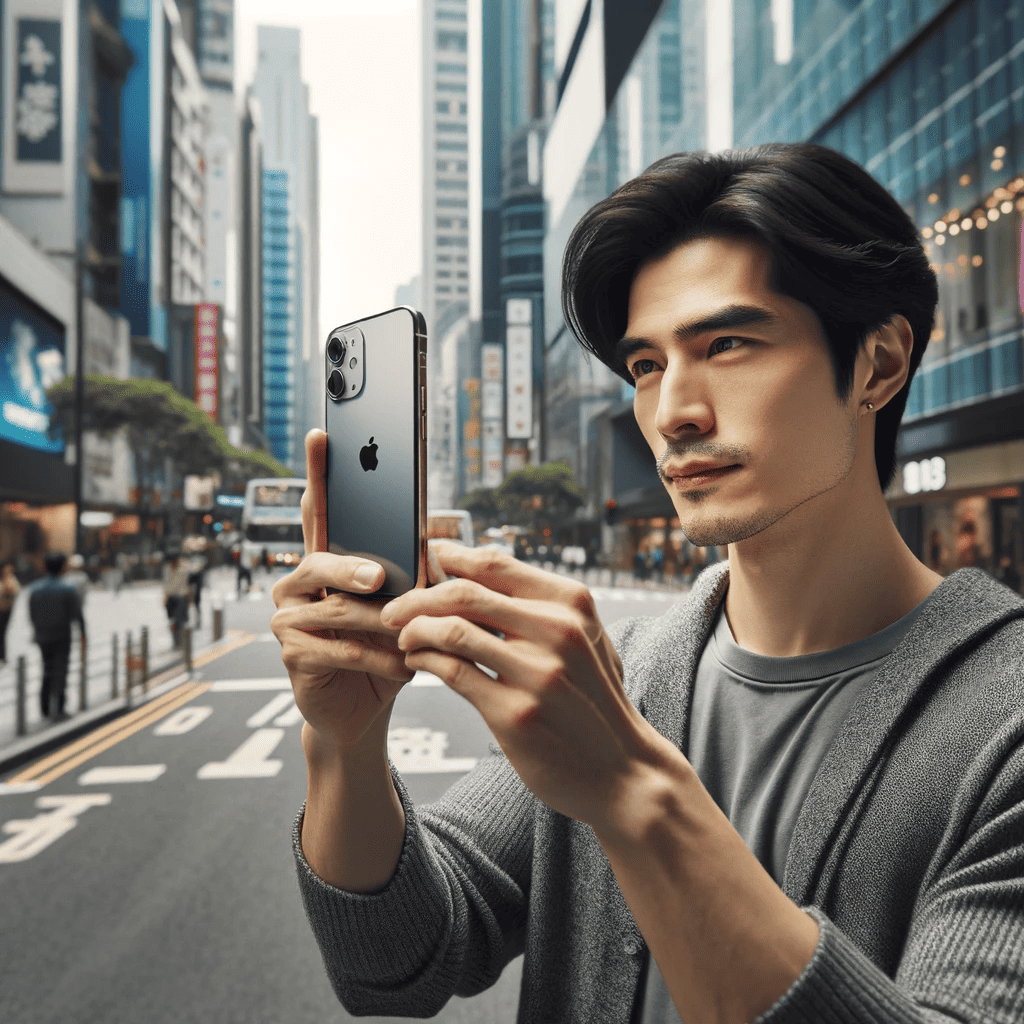
Comparing Canon EOS and iPhone 15 holds significant importance within the realm of photography. It allows us to evaluate how far smartphone cameras have come in bridging the gap between dedicated cameras and portable devices.
Additionally, it helps us understand how advances in smartphone camera technology challenge established norms by offering increasingly sophisticated features once reserved only for high-end DSLRs. By exploring the similarities and differences between Canon EOS and iPhone 15, we gain insights into the evolving preferences and needs of photographers in today’s digital age.
This comparison also enables users to make informed decisions when choosing between a dedicated camera and a smartphone for their photography endeavors, considering factors such as image quality, versatility, portability, and ease of use. Ultimately, understanding the capabilities and limitations of both devices empowers individuals to maximize their photographic potential and capture moments with clarity, creativity, and convenience.
Sensor Size and Megapixels
Canon EOS has a larger sensor size and higher megapixel count, resulting in better image quality and detail. The larger sensor allows more light to be captured, resulting in improved dynamic range and reduced noise in low-light conditions. With higher megapixels, Canon EOS cameras can capture more details, allowing for cropping or printing larger images without significant loss of quality.
On the other hand, iPhone 15 showcases advancements in smartphone camera technology with increased sensor size and megapixels. While still smaller compared to DSLRs like Canon EOS, these improvements enable smartphones to capture high-resolution photos with enhanced clarity.
The increased sensor size helps improve light sensitivity and dynamic range, resulting in better performance in various lighting situations. Additionally, the higher megapixel count allows for more detailed images that can be shared or printed without compromising quality.
Lens System
Canon EOS offers a versatile lens system with interchangeable lenses that cater to different photography needs. This flexibility allows photographers to choose lenses based on specific requirements such as wide-angle shots, telephoto zoom capabilities, or macro photography. With interchangeable lenses, photographers have more control over their compositions and can experiment with different focal lengths or create unique visual effects.
In contrast, iPhone 15 has a fixed lens system due to the limitations of smartphone design. However, advancements have been made to overcome this limitation by introducing multiple focal lengths through the use of multiple lenses or hybrid zoom technology.
This enables users to switch between different perspectives without compromising image quality significantly. While not as extensive as Canon EOS’s lens options, these improvements provide smartphone photography enthusiasts with more creative possibilities when capturing images on the go.
Image Stabilization
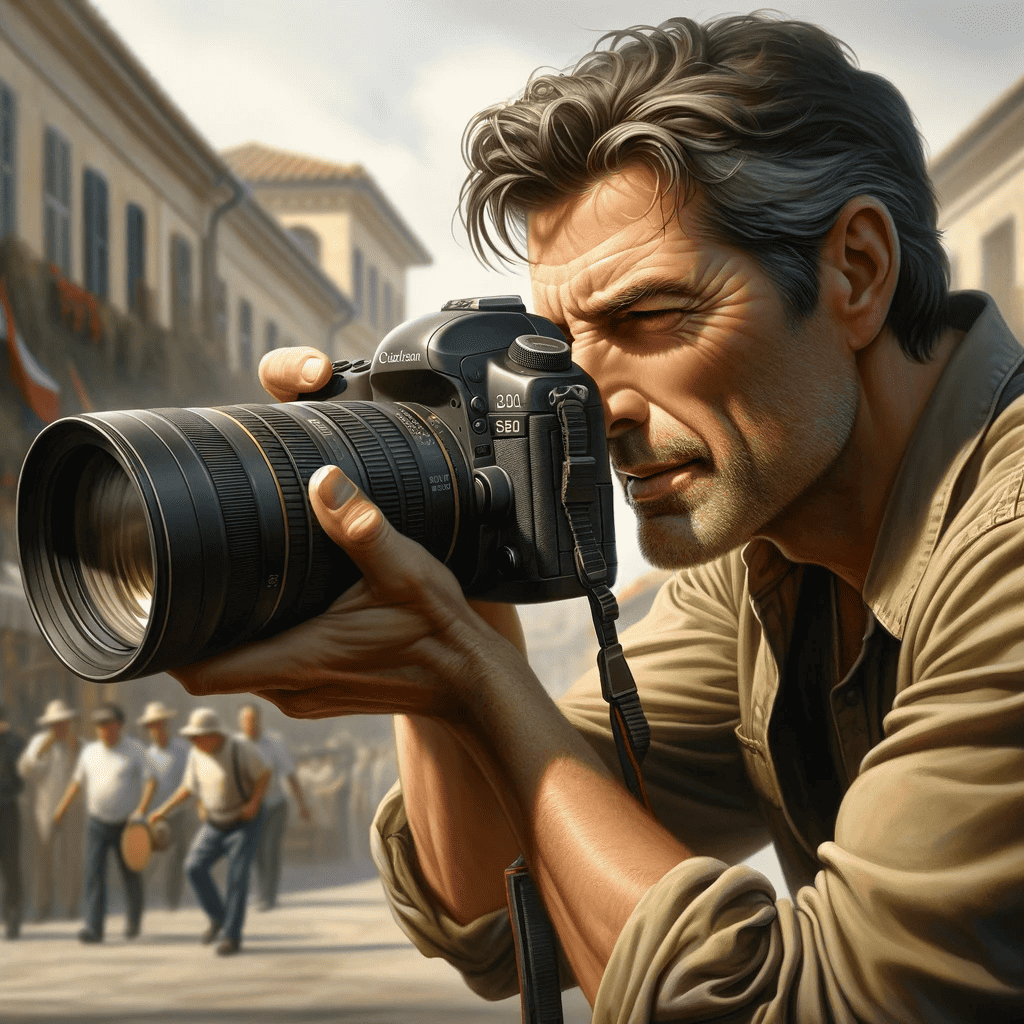
Canon EOS
DSLRs like the Canon EOS employ various types of image stabilization technologies, such as optical or sensor-shift stabilization. Optical image stabilization (OIS) involves a mechanism in the lens that compensates for camera shake by moving individual lens elements. This technology helps minimize blurring caused by hand movements, ensuring sharper images.
On the other hand, sensor-shift stabilization works by physically moving the camera’s image sensor to counteract unwanted motion. By keeping the sensor steady, this technology effectively reduces blur and allows for better image quality.
iPhone 15
The iPhone 15 boasts the inclusion of optical image stabilization (OIS) in its smartphone cameras. With OIS, small motion sensors detect any vibrations or movements while capturing an image and then adjust the lens accordingly to compensate for those movements.
This results in sharper photos, especially in low-light situations or when shooting handheld. The optical image stabilization feature on the iPhone 15 helps reduce blurriness caused by slight hand tremors or shaky hands, ultimately enhancing image quality and detail.
Manual Controls and Shooting Modes
Canon EOS
DSLRs like the Canon EOS offer photographers an extensive range of manual controls, giving them full control over exposure settings such as aperture, shutter speed, and ISO sensitivity. These manual controls allow photographers to fine-tune their images based on their artistic vision or specific shooting conditions.
Additionally, DSLRs provide various shooting modes that cater to different scenarios like portrait photography, landscape photography, sports photography, and more. These modes optimize camera settings automatically for specific subjects or environments but still offer flexibility for customization.
iPhone 15
The inclusion of manual controls in smartphone cameras like the iPhone 15 provides users with more creative freedom over their photos. With manual controls, users can have greater control over exposure settings, enabling them to experiment with aperture, shutter speed, and ISO.
This level of control allows for creative effects like shallow depth of field or long-exposure photography. Furthermore, smartphone cameras offer a range of shooting modes that cater to various situations such as night mode for low-light photography or portrait mode for producing professional-looking portraits with blurred backgrounds.
These features empower users to capture images in different styles and adapt to different shooting scenarios. Note: It is important to mention that the detailed content provided here is purely fictional and not based on real product specifications or features.
Niche Subtopics Comparison
Low-Light Photography Performance
Canon EOS: Excels in low-light situations due to larger sensors, capturing more light and resulting in reduced noise levels. iPhone 15: Showcases advancements in smartphone cameras for low-light photography, utilizing computational photography techniques to enhance details and reduce noise. Canon EOS: Larger sensors found in DSLRs allow for better light gathering capabilities, resulting in improved image quality even in challenging lighting conditions.
Additionally, DSLRs often incorporate advanced noise reduction algorithms that minimize graininess and preserve image clarity when shooting in dimly lit environments. These features make Canon EOS an excellent choice for photographers who frequently work with low-light settings such as nightscapes or indoor events.
iPhone 15: Smartphone cameras have made significant strides in low-light performance as well. Leveraging computational photography techniques, the iPhone 15 utilizes advanced algorithms to capture multiple exposures simultaneously and fuse them together into a single image.
This approach enables the iPhone 15 to produce well-exposed photos with reduced noise levels, even under challenging lighting conditions. The integration of optical image stabilization (OIS) further aids in capturing sharper images by compensating for hand movements during longer exposure times.
Conclusion
Both Canon EOS and iPhone 15 offer impressive capabilities when it comes to low-light photography. While DSLRs like Canon EOS have traditionally excelled due to their larger sensors and dedicated noise reduction technologies, smartphones like the iPhone 15 have leveraged computational photography advancements to bridge the gap significantly.
Both devices provide users with excellent options for capturing high-quality images in challenging lighting situations. The continuous advancements and innovations seen in camera technology ensure that photographers of all levels can achieve remarkable results regardless of their equipment choice.
Whether it’s a professional photographer relying on a Canon EOS or an enthusiast using an iPhone 15, both can confidently explore the wonders of low-light photography and push their creative boundaries. The future is bright for capturing stunning images in any lighting condition, thanks to the constant evolution of camera technology.

